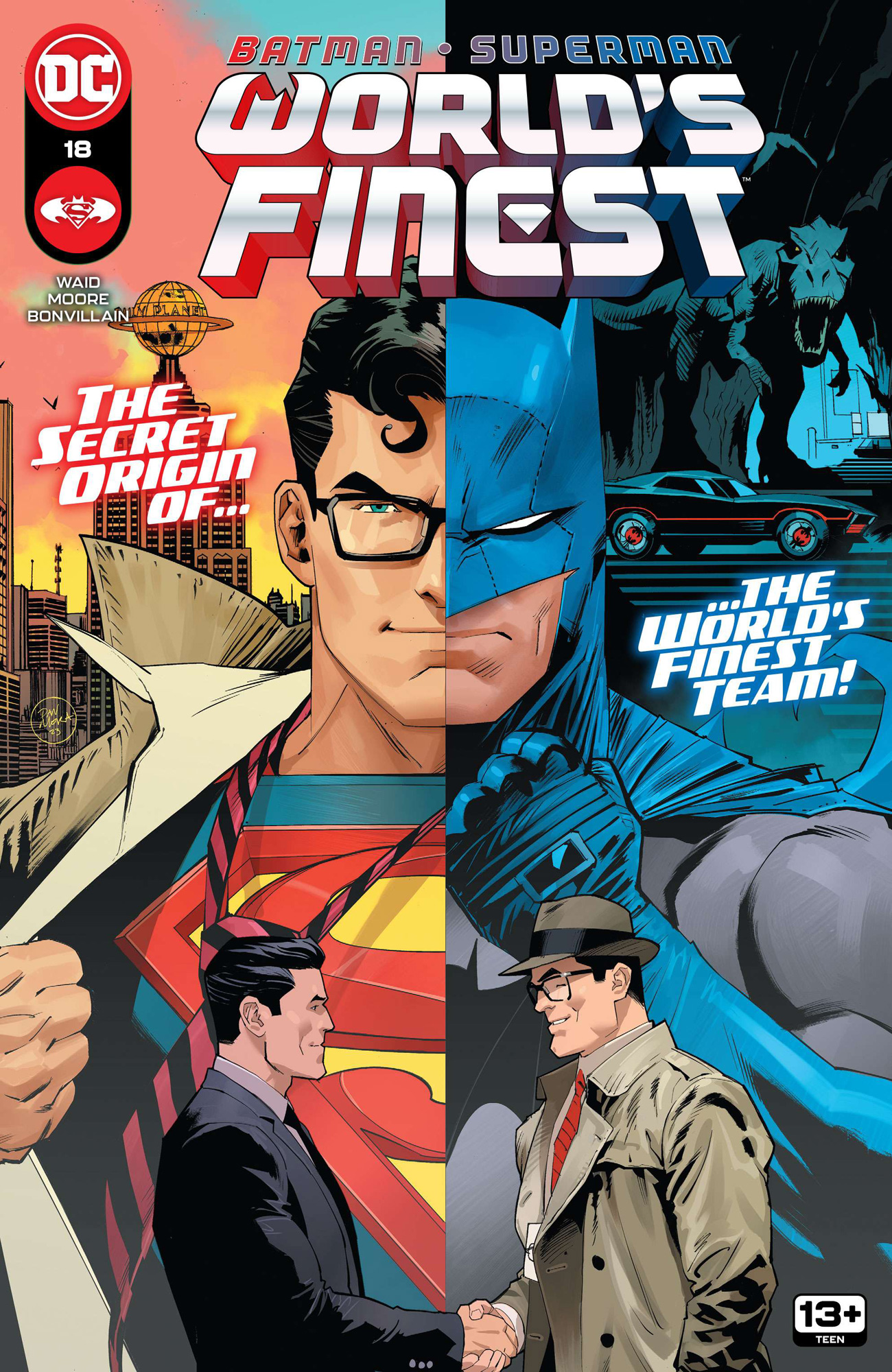Examinations of Superman and Batman as complimentary mythological archetypes that transcend today’s individualized information bubbles.
 Batman/Superman: World’s Finest issue 8 cover, illustrated by Dan Mora
Batman/Superman: World’s Finest issue 8 cover, illustrated by Dan Mora
part I: a beacon of hope
I once spoke with a professor who lamented the lack of shared archetypes in the modern age. But I don’t think that’s true. He’d asked me if I’d seen images from The Matrix and Wall-E—I said no, and he shook his head in disappointment. “See, this is the problem today,” he lamented, “we don’t have any more shared images to reference in modern culture.” Yes, perhaps one can argue that those movies are cultural icons, and the fact that I had not seen them points to the fragmented nature of society and our personalized echo chambers, but is there anything bigger than that? I’d argue yes.
Kryptonite. The top entry on Urban Dictionary defines it as so:
Something or someone who makes you weak, even if you are a very strong person
In other words, my Kryptonite is also my Achilles’ heel, my weak point, a tenderness harboring the potential of complete destruction, all encapsulated by a mythological image associated with a hero.
Wait, mythological? Is Superman mythological?
We can define a myth as a story that offers tellers and audiences a way to work through the dilemmas of human existence. “we tell stories to try to come to terms with the world, to harmonize our lives with reality,” says Joseph Campbell, the legendary professor responsible for the concept of the hero’s journey. A mythological figure, then, is a symbol, a metaphor, an archetype projected from our psyches onto the night skies.
So, back to Superman. Superman is not just a comic book character, but an archetype representing hope and humanity when it is needed the most. Despite being an alien, he is the most human of us all—you can’t make excuses for being a shitty (pardon my French) person in the face of this reality. He represents the result of unconditional love triumphing over trauma, a glimpse at what reality could be if we treated one another with forbearance and kindness, from our children to our neighbors to the whole, wide world.
His current popularity is not a coincidence. James Gunn made the movie the people needed. Superman was created in 1938, during the lead-up to World War II. Now, as global tensions mount, he serves as a reminder of our humanity, of how precious it is.
Superman’s mythos far surpasses our personal media bubbles (in countries that do not censor American media). I’d argue that if you’ve never heard of him, you have to be living under a rock, or from another world altogether. As long as people keep writing great stories, there will never be a lack of cultural archetypes. Some stories are so good they transcend generations and forms of media, and become larger than life. These are stories that bring hope in dark times. They uplift and transform the collective unconscious.
And, guess what? Archetypes and stories come from within. We can all be the Superman that someone needs.
part II: the underbelly
Unlike Superman, who embodies the very image of hope, Batman harnesses fear against villains to pave the way for hope to exist.
First, some background. During the Age of Enlightenment, Gothic monsters took the stage and replaced the mythological. These monsters were different. They personified society’s fears: of science, of disease, and of our own psychology.
Batman’s story, and the city of Gotham, echoes the format of Gothic literature and horror—the Batcave is his dark, mysterious, and creepy abode, and he himself is the monster that resides within. He uses his persona, Bruce Wayne, to protect his shadow, Batman, which roams the night, much like Dr. Jekyll and Mr. Hyde. However, rather than feeling ashamed, he views his shadow as his true self. Some writers explore the psychological turmoil he faces as a result of this division. This psychoanalytical theme extends to his villains, who often exhibit body horror and mental trauma worthy of features in the likes of Dracula, Frankenstein, and The Picture of Dorian Gray. This Gothic aesthetic is also mirrored visually in the gritty environment and character designs.
Therefore, Batman fights the same fears as the novels of the 18th century—those of society. Just like Superman, he is a symbol that appears when people need it most. Yet, unlike the Big Blue Boy Scout, who shines his bright flood light on the world, Batman instead works in the shadows to drive the darkness away. He demonstrates how “even in the worst, glimmers of gold reveal themselves to a compassionate eye”. Not only does he destroy villains, he is a testament to the battle against internal forces.